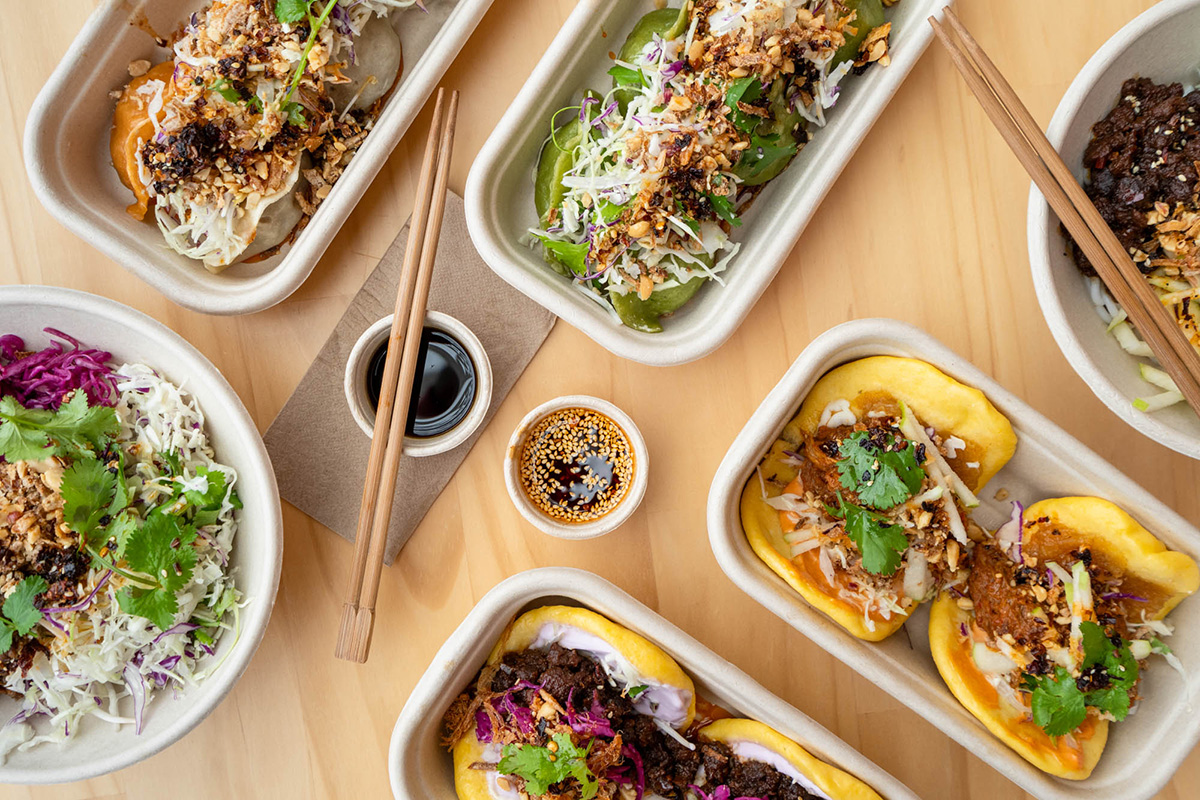Usually, it takes a long time to change food ingredient solutions purchasing habits. However, that dynamic was shifted by the COVID-19 pandemic.
According to the IFIC’s 2020 Food and Health Survey, eight out of ten Americans have changed their eating habits because of the COVID-19 epidemic. Six out of ten customers say they are cooking more at home, which is the single most significant shift in behaviour. It bodes well for sauce, dressing, and condiment manufacturers.
When it comes to food trends, it’s already difficult to predict what will come next because of its ever-changing nature. Moreover, In 2021, Covid-19 limitations continue to influence how individuals consume food, shop for groceries, dine out, and engage with quick-service restaurants. That’s why it becomes more difficult!
Topping Solutions’ Predictions for Food Trends in 2021
In this blog post, Topping Solutions market specialists have predicted 10 trends that will influence the global food sector in 2021. We have compiled and evaluated a comprehensive list of food trend forecasts from leading industry sources, which we’ve summarized for you below. We put all of the main food industry trend forecasts in one spot.
So, what can we expect in 2021? Topping Solutions top 10 food trend forecasts for 2021 are as follows:
1. Mental Health Cooking
Food and nutrition have an important influence on general mental and cognitive well-being. And, after a long and challenging 2020, mental health is more essential than ever. There’s no disputing that a lack of crucial minerals in your body may have long-term consequences. This is why, in 2021, eating for your mind and body will be a growing culinary trend. Some amazing nutrients and superfoods may help you improve your mood, relieve anxiety, fight depression, and support your mental health.
2. On-Demand Consumption
A rise in omnichannel consumption is one of the most noticeable developments in reaction to the epidemic. Consumers today have more options than ever before in terms of eating what they want when they want it, and where they want it. Home cooking has been transformed by convenient meal options and restaurant-branded goods. It’s not only about finding familiar tastes in meals; it’s also about discovering restaurant flavours in snack items like potato chips. Convenience, better experiences, and readily available indulgence are now more essential than ever for food producers.
3. Celebrating Culture Through Food
Every year, a new worldwide emphasis on particular regional tastes emerges. Due to the limited travel opportunities in 2020, many nations celebrated their history via cuisine. For example, in the United States, we’ve seen a rise in African American food and companies as people become more interested in these flavours, and we anticipate this trend to continue and spread in 2021. Following the worldwide demand for Mexican tastes, we expect a rise in Latin American dishes and flavours such as chimichurri, horchata, and salsa macha.
In the Asia-Pacific, we’re witnessing a localized fusion of particular nation tastes incorporated into other countries’ cuisines, such as Mala, a Sichuan Chinese dish. The Chinese characters for “numbing” and “spicy” make up the word “mala.” Mala cuisine became famous in China and other Asian nations. Since it is now used in various Asian cuisines, it is now expanding across Asia in the form of snacks and instant noodles.
4. Specific Spices & Ingredients
We’ve anticipated spicy specificity as a trend in past years. This required going beyond “mild,” “medium,” and “hot” to add zing to meals and drinks with precision. Now, rather than simply garlic, the trend for particular spices and ingredients has extended to include front-of-pack claims for additional spices, alliums, fruits, and vegetables, such as black garlic. Consumers need distinctiveness, which links into the broader trend for openness throughout the supply chain.
Consumers are becoming more interested in their purchasing habits and the stories behind the goods they buy. This narrative may contain a variation on classic tastes, a knowledge of the cooking methods that enhance the depth of flavour, or a story based around product transparency.
5. Breakfast Buffet

In 2020, did your breakfast nook become busier? You’re not alone; 80% of Americans had their morning routine interrupted by the epidemic. With less time spent travelling to work and school, more time is available for the most important meal of the day, and food producers are responding. For example, casserole Bites and Pancake Mix are more convenient morning meals filled with beneficial nutrients like protein and fibre. Expect well-known companies to step up their breakfast game with enticing deals.
6. It’s Getting Easier to Stay Healthy
Americans want to eat better, and in 2021, it will become much simpler (and cheaper). We’re searching for nutrient-dense food at a reasonable price. Still, we’re also concerned about a company’s environmental and ethical principles. Food producers have a difficult task but expect them to rise to the occasion. Subscription-based e-grocers like Thrive Market are making nutritious food cheaper.
7. Food Waste Is A Constant Battle
Cooking with leftovers has become increasingly popular in recent years. With more families and people cooking at home, many more are becoming aware of food waste’s moral and economic consequences. Restaurants and hotels are also part of the initiative. Hundreds of them donate surplus food to food banks during the Coronavirus outbreak.
8. “Flexitarian” Diets
Because not everyone is ready or willing to convert to an entirely plant-based diet, the concept of “flexitarian” eating is gaining popularity. Being a flexitarian is a simple concept: Meat becomes a once-in-a-while or only-on-weekends treat rather than a regular ingredient of your diet. Even a tiny reduction in meat consumption has been proven to benefit the environment and our overall health, making this one of the most important food trends for 2021.
9. Mix-&-Match Products
Everyone understands that in the food and beverage business, innovation is a must. We’ve set our eyes on product mash-ups for 2021. Why? Research shows that three out of five customers are interested in experiencing new sensory experiences (e.g., smells, tastes, textures, colours, feelings. The younger generations lead the charge. Consider ice cream pizzas and coffee-flavoured cereals. However, finding the appropriate industry partner from the beginning of product development is critical to getting it right in terms of flavour.
10. A Modern Twist on Classics
Classic tastes and comfort meals have been popular, but now that people are cooking at home for longer periods, they want to spice things up and try new things. This includes using non-traditional ingredients in their favourite comfort meals and using specialist cooking methods to add depth to the tastes, such as roasting, toasting, caramelizing, and smoking. We also anticipate a rise in customers experimenting with plant-based proteins and vegetarian diets, whether via groceries or meal packages.
Keep Exploring…
In 2021, customers will continue to depend on food, beverages, and health goods to satisfy various requirements, including emotional comfort, health support, and even the desire to travel when trapped at home. This is a chance for product makers and taste suppliers to thrill, soothe, and perhaps attract a new generation of customers who will stay loyal long after the pandemic’s limitations are lifted.
We believe that the other half of the year 2021 will be the start of a taste renaissance. With the introduction of the vaccination, there is optimism that social activities, including eating out, may continue safely. There has never been a better time to experiment with taste!

